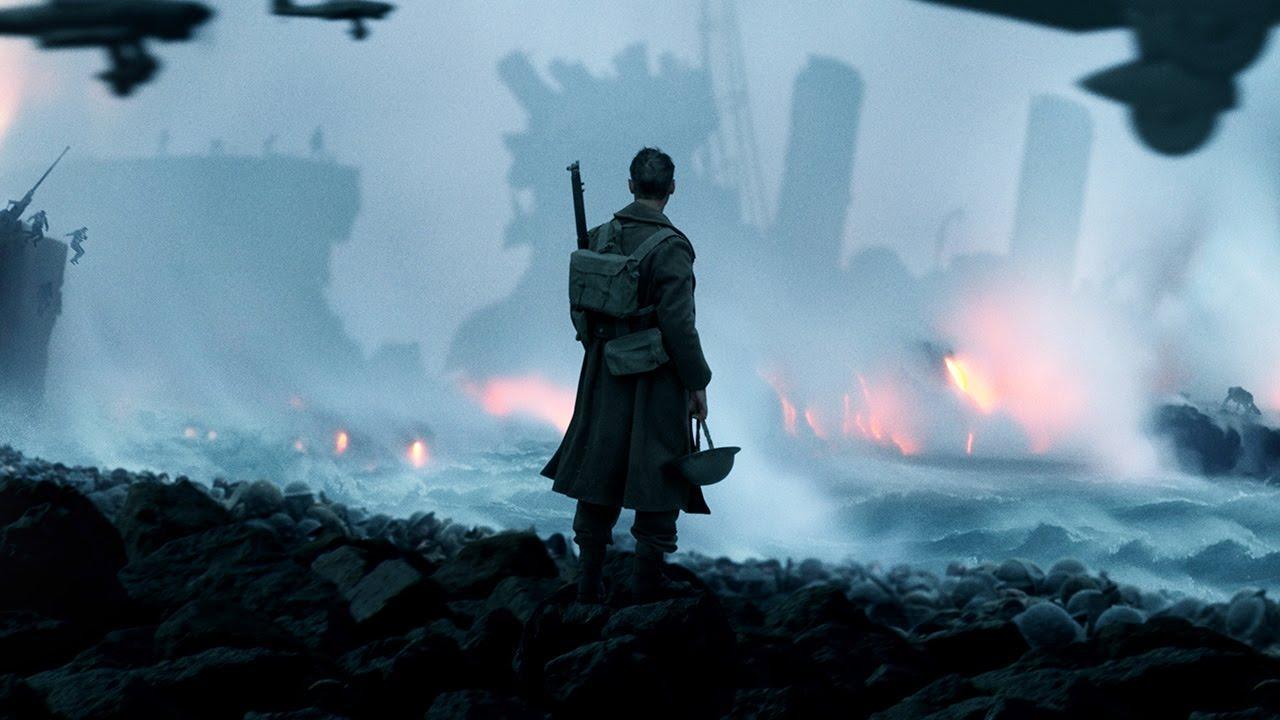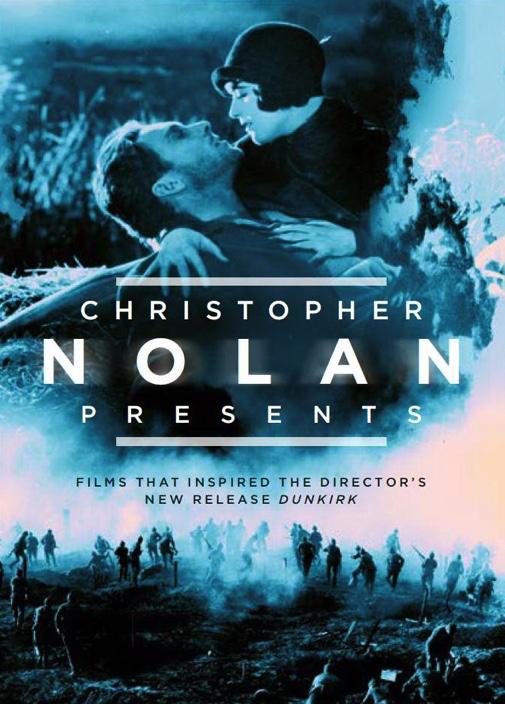Christopher Nolan curates season of films for BFI that inspired Dunkirk and most are not war movies

Your support helps us to tell the story
From reproductive rights to climate change to Big Tech, The Independent is on the ground when the story is developing. Whether it's investigating the financials of Elon Musk's pro-Trump PAC or producing our latest documentary, 'The A Word', which shines a light on the American women fighting for reproductive rights, we know how important it is to parse out the facts from the messaging.
At such a critical moment in US history, we need reporters on the ground. Your donation allows us to keep sending journalists to speak to both sides of the story.
The Independent is trusted by Americans across the entire political spectrum. And unlike many other quality news outlets, we choose not to lock Americans out of our reporting and analysis with paywalls. We believe quality journalism should be available to everyone, paid for by those who can afford it.
Your support makes all the difference.Running the entirety of July, London's BFI Southbank has announced a season of films which have inspired director Christopher Nolan’s new feature film, Dunkirk.
The season will include a special preview screening of Dunkirk in 70mm on Thursday 13 July, preceded by an introduction from the director himself.
With Nolan being a passionate advocate for the preservation of physical film, all the films in the season will be shown on on 35mm or 70mm.
Despite Dunkirk centring on a World War II evacuation, Nolan doesn't see it as a war film as such, and consequently the majority of his inspirations aren't from the war genre.
He explains:
“You might expect a season of films leading up to a screening of Dunkirk to be a selection of war movies. But I chose to approach Dunkirk more as survival story than war film. One look at James Jones’ essay on ‘Phony War Films’ (in which he takes down several of my old favourites) immediately shows you the perils of taking on real-life combat in a dramatic motion picture. In Jones’ estimation All Quiet on the Western Front (Lewis Milestone, 1930) said it first and best: war dehumanises. Revisiting that masterpiece it is hard to disagree that the intensity and horror have never been bettered. For me, the film demonstrates the power of resisting the convention of finding meaning and logic in individual fate. Most of the other films in this series fall into two different, but overlapping categories. From established classics of tension like The Wages of Fear (Henri-Georges Clouzot, 1953) and Alien (Ridley Scott, 1979) through to the more recent ticking-clock nail-biters Speed (Jan de Bont, 1994) and Tony Scott’s final film, the relentless Unstoppable (2010), our season explores the mechanics and uses of suspense to modulate an audience’s response to narrative.

"Other titles explore the possibilities of purely visual storytelling, whether literally, in the case of the silent epics – Stroheim’s Greed (1924) and Murnau’s Sunrise (1927) – or in part, like the thrilling windswept beaches and crashing waves of Ryan’s Daughter (David Lean, 1970). The relationship of geographical spectacle to narrative and thematic drive in these works is extraordinary and inspiring. Pure cinema. The Battle of Algiers (Gillo Pontecorvo, 1966) is a timeless and affecting verité narrative, which forces empathy with its characters in the least theatrical manner imaginable. We care about the people in the film simply because we feel immersed in their reality and the odds they face. The visual splendour, intertwined narratives and aggressively anachronistic music of Hugh Hudson’s Chariots of Fire (1981) combined to create a masterpiece of British understatement whose popularity rapidly obscured its radical nature. Finally, no examination of cinematic suspense and visual storytelling would be complete without Hitchcock, and his technical virtuosity in Foreign Correspondent’s (1940) portrayal of the downing of a plane at sea provided inspiration for much of what we attempted in Dunkirk. All the films are screened on 35mm or 70mm prints. I hope you will enjoy the rare opportunity of seeing these incredible movies in their original analogue glory, as nature intended.”
Join our commenting forum
Join thought-provoking conversations, follow other Independent readers and see their replies
Comments